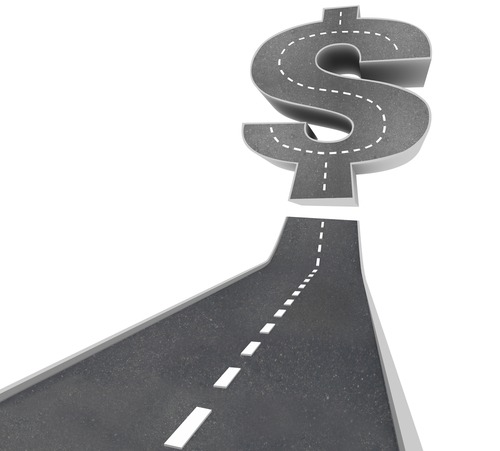
President Joe Biden’s $2.3 trillion infrastructure package, the America Jobs Plan, includes $621 billion for the transportation sector, with the largest chunk of that funding aimed at growing the electric vehicle market.
Unveiled by Biden on March 31, the plan calls for investment in all forms of infrastructure, including broadband internet access and investment into the electrical grid and investments into transportation, roads, and bridges.
“Is it big? Yes. Is it bold? Yes. But we can get it done,” Biden said during a press event in Pittsburgh. “The heart of the plan is modernizing transportation infrastructure – our roads, bridges, and airports. It grows the economy in key ways. It makes it easier and more efficient to move goods, get to work, and become more competitive around the world. It will unlock traffic, reduce the bottlenecks at our ports and airports, keep people safe, and connect our cities, towns, and tribes across the country.”
The president said the plan was a “once in a generation investment in America, unlike anything we’ve ever seen or done since we built the Interstate highway system and the space race decades ago.”
Included in the proposal are several allocations for transportation spending, including $174 billion for retooling factories to make batteries and electric vehicles, build-outs of 500,000 EV chargers, the replacement of 50,000 diesel transit vehicles, and the electrification of 20 percent of the nation’s school bus fleet, as well as consumer ‘point of sale’ rebates and tax incentives to buy American-made EVs; $115 billion for modernizing bridges, highways, roads, and main streets “in most critical need of repair”; $85 billion to modernize existing transit and help agencies expand their systems to meet rider demand; $80 billion for Amtrak to repair its infrastructure; $25 billion in airport-related funding; and $17 billion in inland waterways, coastal ports, land ports of entry, and ferries.
The American Association of State Highway and Transportation Officials (AASHTO) said in a statement that it supports the plan.
“AASHTO applauds the emphasis that President Biden has placed on investing in infrastructure to shore up and modernize our national multimodal transportation system for decades to come,” said Jim Tymon, AASHTO executive director. “Today’s announcement is a first step in a conversation about a generational investment in transportation infrastructure addressing climate change, resiliency, and equity that will support improved quality of life through innovative, safer, and cleaner mobility options. America’s state DOTs look forward to playing a leading role with the Administration and Congress to achieve the objectives laid out in today’s plan.”
AASHTO officials said it was “critical” that Congress and the administration work to reauthorize the federal surface transportation programs before the current Fixing America’s Surface Transportation, or FAST Act, expires at the end of September. Last year, Congress extended the authorization temporarily through Sept. 30, 2021.
Transportation Secretary Pete Buttigieg said the plan would potentially create millions of jobs. While the American Rescue Plan passed in March was focused on helping people recover from the COVID-19 pandemic, the American Jobs Plan was about getting people back to work, he said.
“That stimulus was about getting out of an economic emergency, which is also why the American Rescue Plan was so important,” Buttigieg said in an interview with PBS News Hour. “But the American Jobs Plan is looking to the future. Yes, we will be supporting hundreds of billions of dollars of shovel-ready projects, but we’re also interested in shovel-worthy projects because this is a once-in-a-lifetime opportunity to shape America’s infrastructure future, to make sure we’re competing and winning when other countries are doing so much more than we are. And so it shouldn’t just be about what is ready in the moment. It should be about what we want our American future to look like.”
In addition to creating jobs, he said, it would help lower-income families get to existing jobs.
“Now that the plan has been released, I expect a lot of economists are looking at (how many jobs it will create),” Buttigieg said. “And I look forward to seeing some of the analysis that they generate. But what we know is, it is going to be in the millions. And it is going to make an enormous difference. By the way, this also stands to make transportation more affordable for Americans. Many low-income families are spending up to 30 percent of their income just on transportation. We can and must do better on that. And we can do it in so many ways, from this doubling of resources for transit, so that people can get around their communities and neighborhoods more easily, to the investment in electric vehicle charging infrastructure that will help more Americans go without having to pay to fuel up their car.”